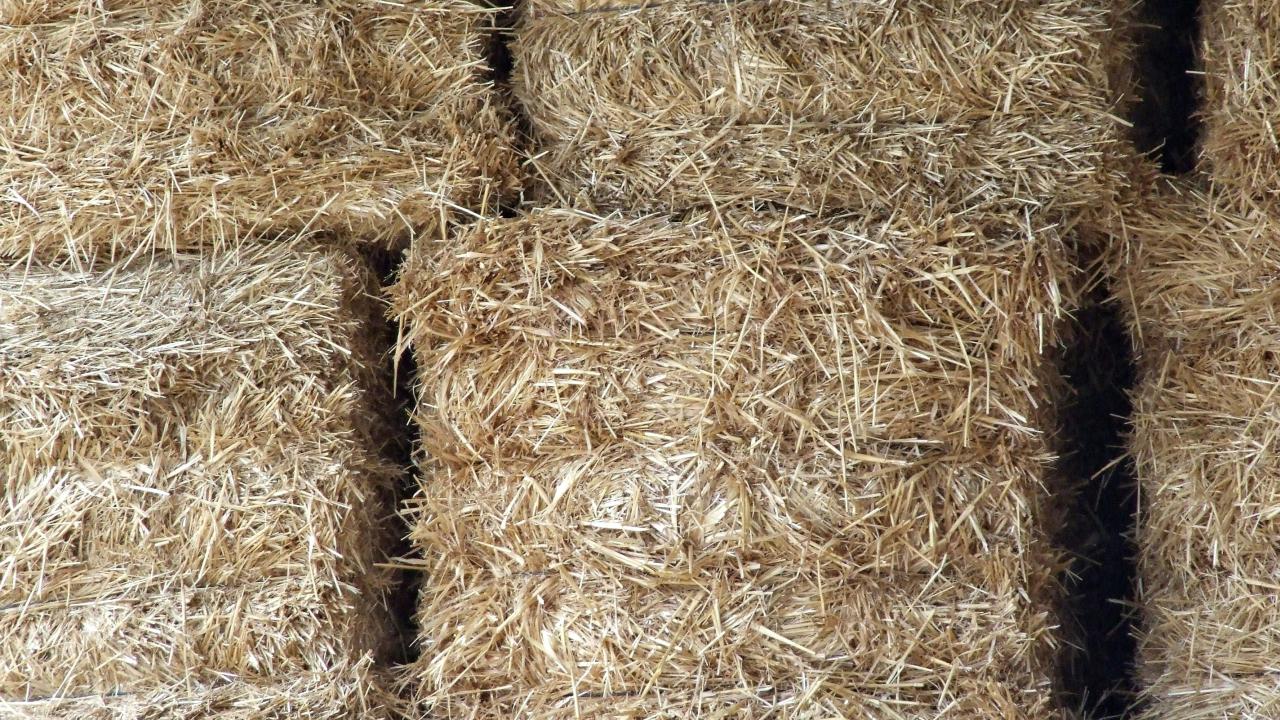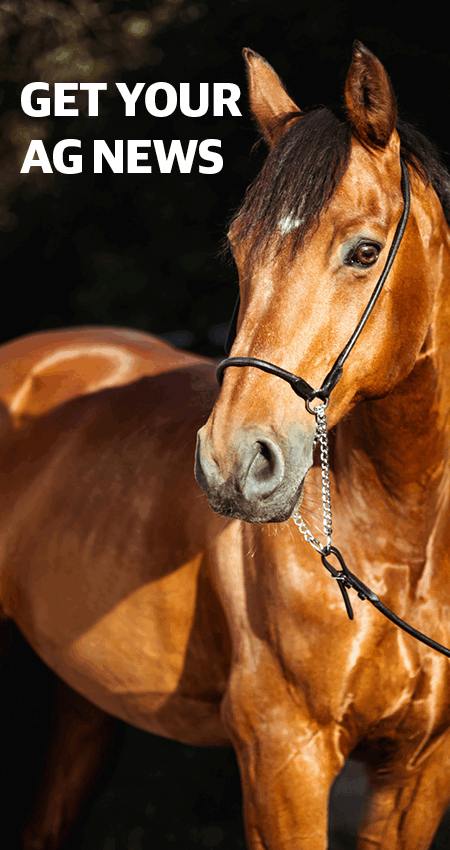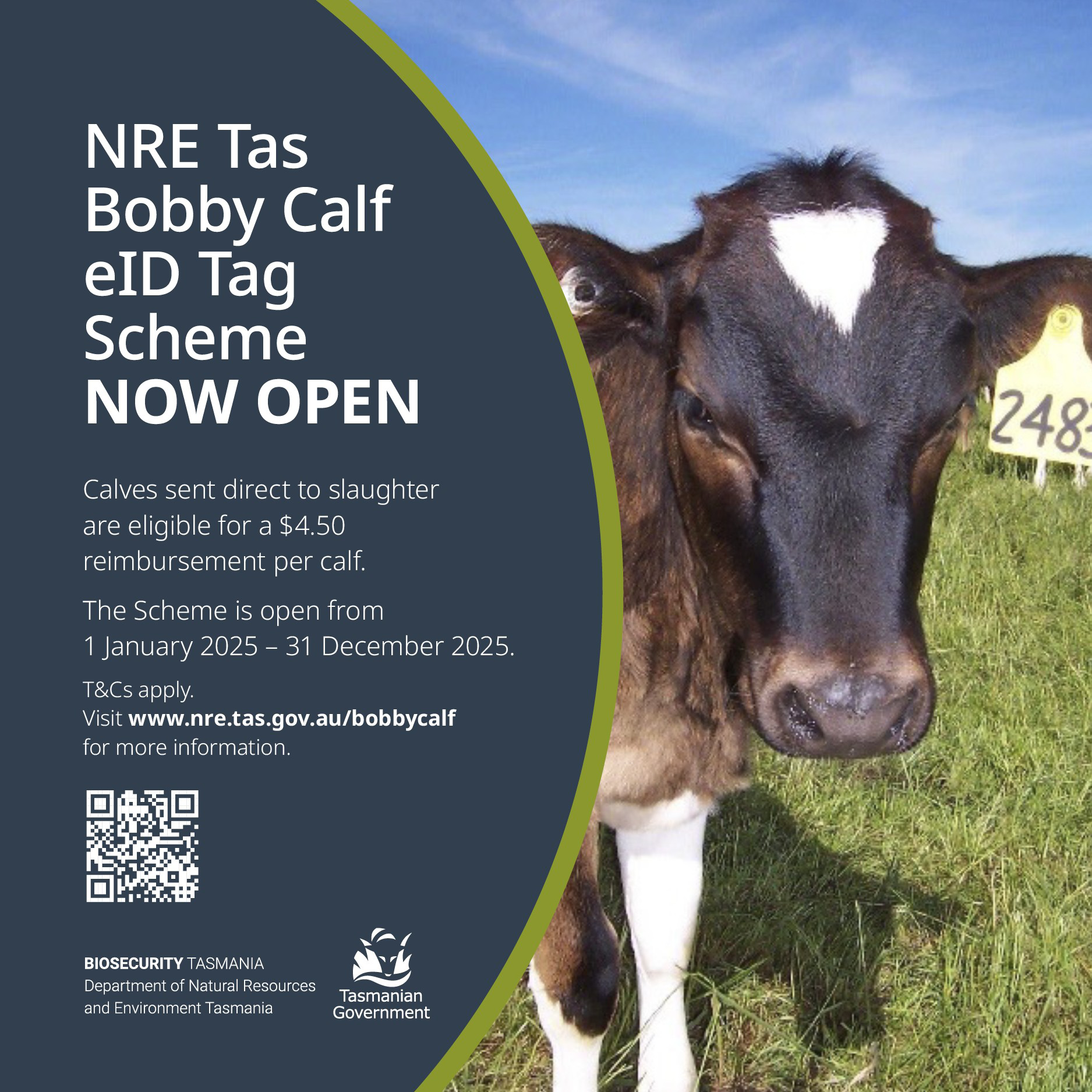Merchants urge early orders of hay with price of stockfeed already on the rise

Hay merchants are urging farmers to get in early with their hay orders, with feeding already underway and the price of hay expected to climb steadily.
While availability is well above the dearth experienced last year, the recent dry spell is seeing fodder leave the storage sheds earlier than usual.
If a wet winter ensues causing wastage, and spring comes late, there will be even more pressure on available supplies, according to local hay contractors and merchants.
Elders hay trader Hayden Bean said that there’s a good amount of hay available at the moment, but it’s going out “way too early”.
“We don’t normally sell hay until it’s getting wet and cold in the middle of winter,” he said.
“But there’s definitely a bit of movement now – as usual the dairy industry is a constant client and accounts for the majority of buyers while the beef and sheep producers are more seasonal.
“A lot of farmers will buy around 60 percent hay and the rest in cereal straw to put with it and the orders are starting to roll in.”
Boosting the stockpile are 7000 bales up for sale through Elders from north-west property Woolnorth, which sold off its dairy herd and grew out its paddocks for hay.
Westbury Barunah Stockfeed owner Chris Dornauf said availability and prices are about the same as last year so far but it will get tight.
“Is this lack of feed the new normal?” he asked.
“It’s so dry in some areas that hay is already starting to move, yesterday a load went to Smithton – buyers are starting to come out of the woodwork now.”
Bracknell-based cartage contractor Jono Lindsay of Lindsay Cartage said that he has five trucks that he expects will be busy moving a range of fodder in coming weeks.
“Fodder is the bulk of our business and we usually move about 40,000 bales of hay, grass straw and silage a year on average,” he said.
“For premium energy and protein lucerne hay and silage is the go-to, then red and white clovers for grass and silage, then grass hay and grass silage.
“When things get tight the market comes into wheat, oat and barley straw left over from the cereal harvest.
“I know we’re feeding out a lot more than what we would normally do this time of year – it’s not diabolical like last year but there is definitely demand.”
Lucerne, which is sold by the tonne, is fetching around $400, while lucerne silage by the bale is fetching $150-$160.
Grass hay prices are around $130 for a round bale (it reached $280 last year), grass straw $80, and wheat barley and oat straw $50-$60.
“I’d encourage people if they think they’re going to need to buy fodder to get in now - it’s already about 25 percent dearer than what is was out of the paddock and it’s only going to creep up in price,” Jono said.
“The frosts have arrived so there will be no more growth and despite the good quantities available right now, I can see it getting scarce.”




Add new comment